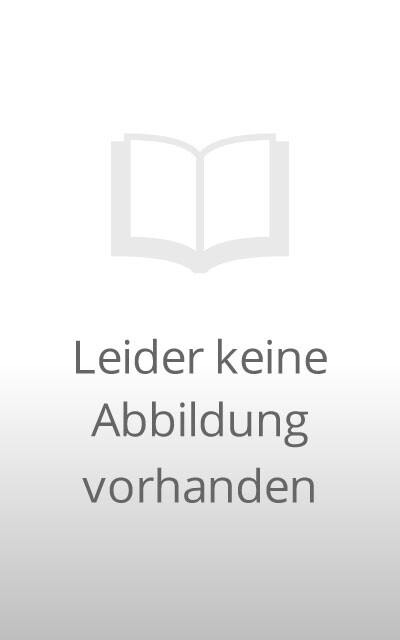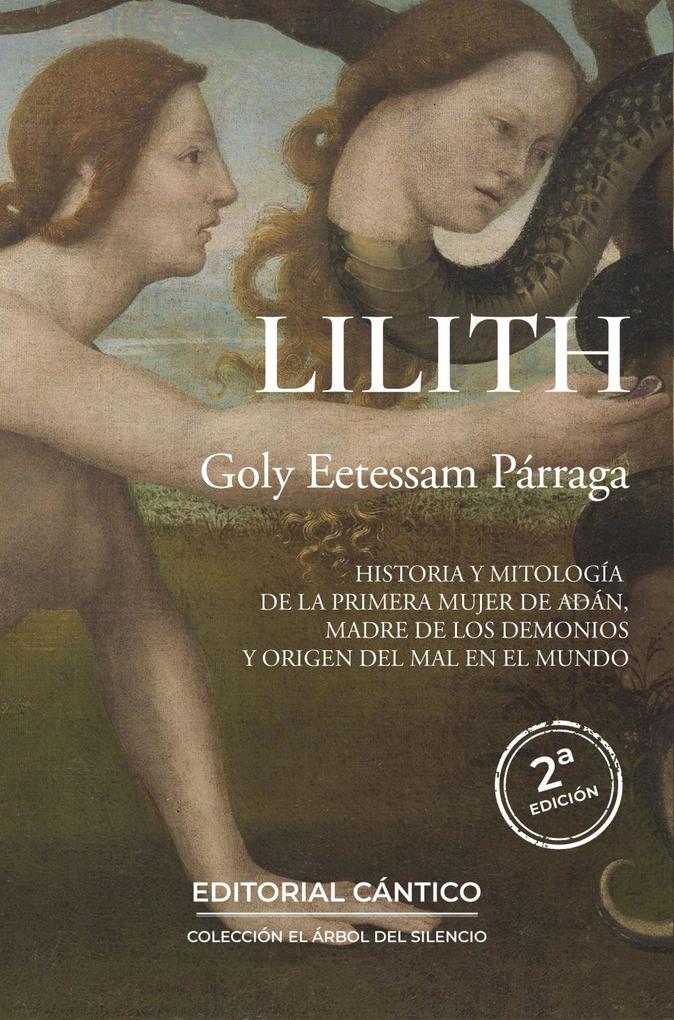
Zustellung: Fr, 11.07. - Do, 17.07.
Versand in 3-4 Wochen
VersandkostenfreiBestellen & in Filiale abholen:
In Christian countries few people have heard of Adam's first wife: Lilith. It is a myth that explains the appearance of evil in the world. Lilith synthesizes all the subversion of Christian morality and has survived throughout the centuries in apocryphal literature and in ancient Jewish traditions as the mother of all demons. This figure from ancient mythology, which in postmodernity has been transformed into a feminist vindication, is deeply studied in this work, which explores the evolution of the myth in European literature, analyzing its presence from Sumerian-Mesopotamian, Greco-Latin and Hebrew mythologies, in figures such as Clytemnestra, Medea, witches, and other terrifying women from classical and modern literature. Through a detailed theoretical and critical study, Eetessam Pá rraga traces a timeline that shows how the archetype of the femme fatale has been essential for the anthropological development of Christianity, evolving in literature from the Middle Ages to the 19th century. The book highlights the importance of characters such as Eve and Lilith in the construction of this archetype, exploring their representation in different periods and how they have influenced the perception of women in today's society.
Produktdetails
Sprache
spanisch
Seitenanzahl
296
Verlag/Hersteller
Produktart
kartoniert
ISBN
9788410288621
Bewertungen
0 Bewertungen
Es wurden noch keine Bewertungen abgegeben. Schreiben Sie die erste Bewertung zu "Lilith N.E." und helfen Sie damit anderen bei der Kaufentscheidung.









